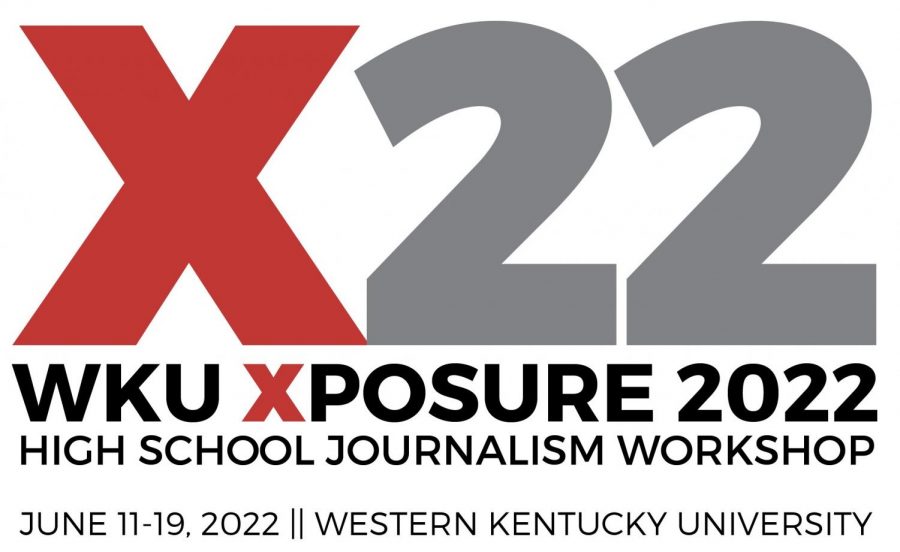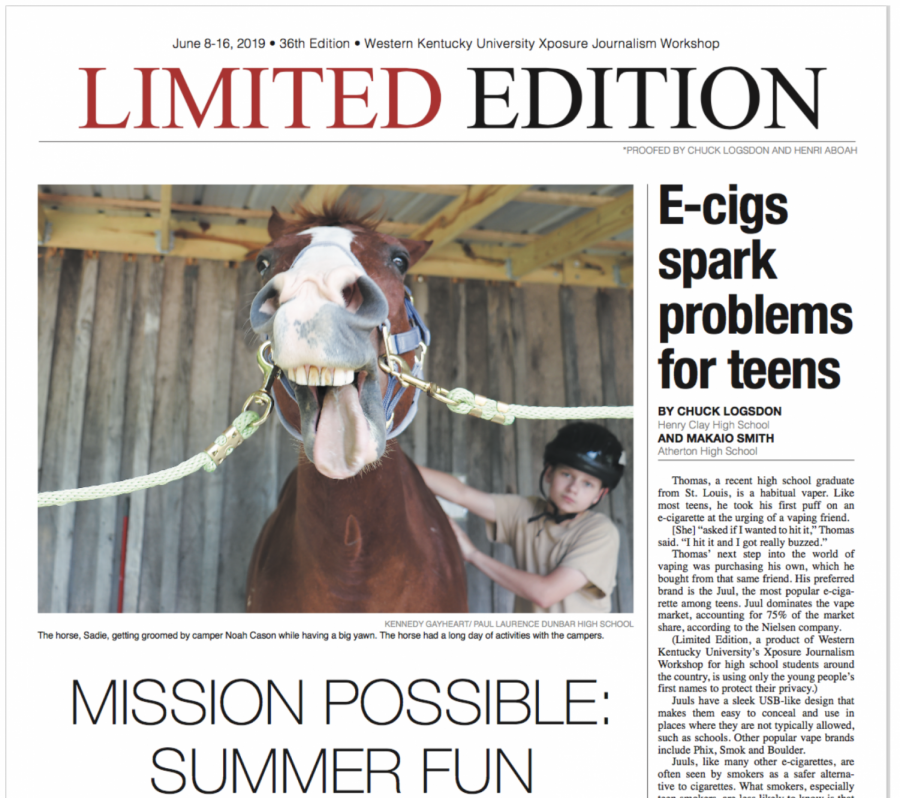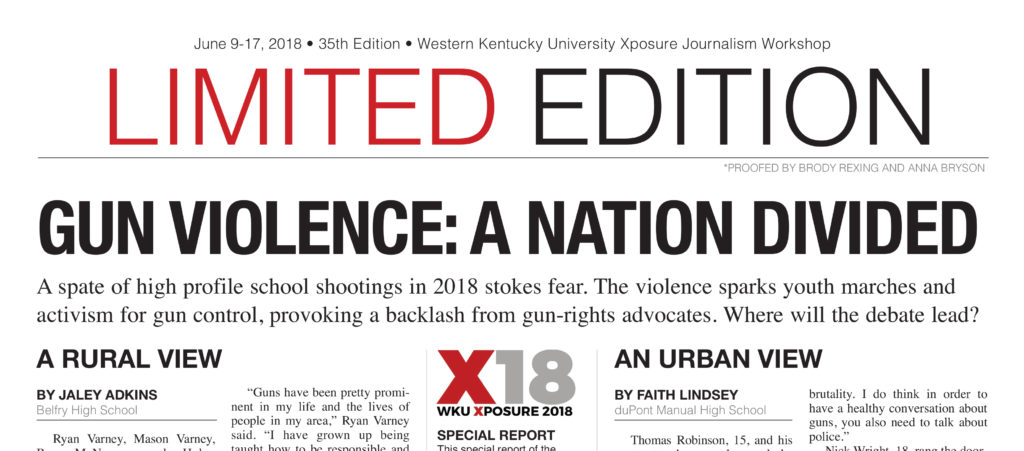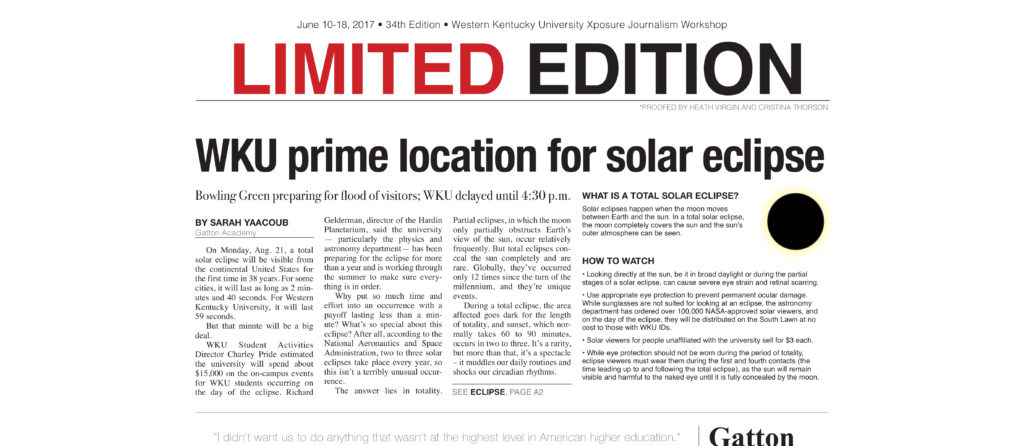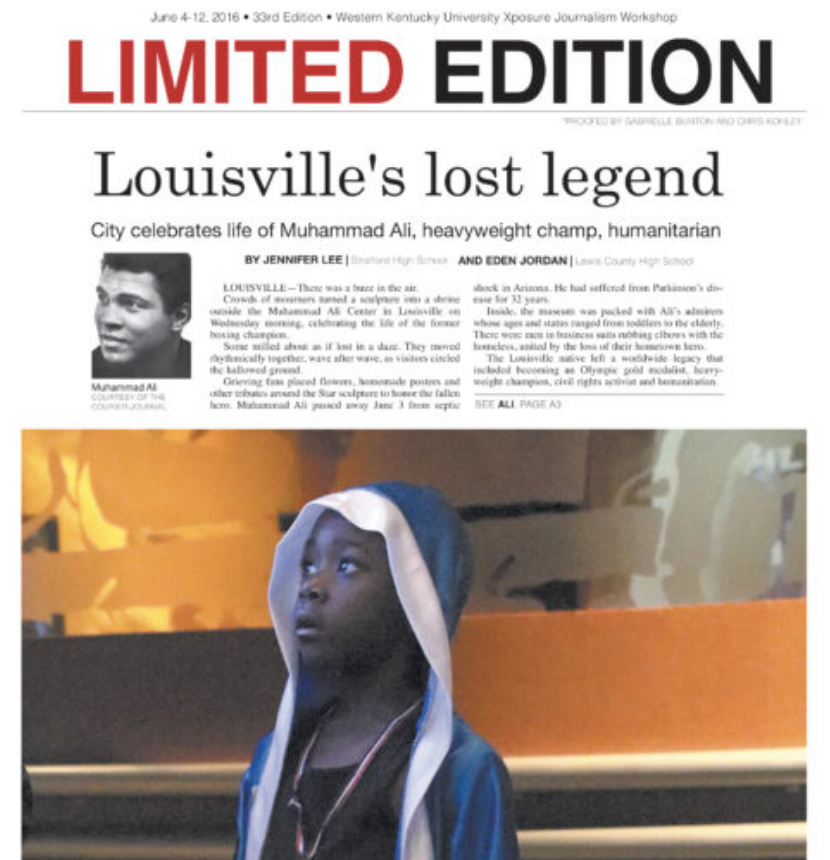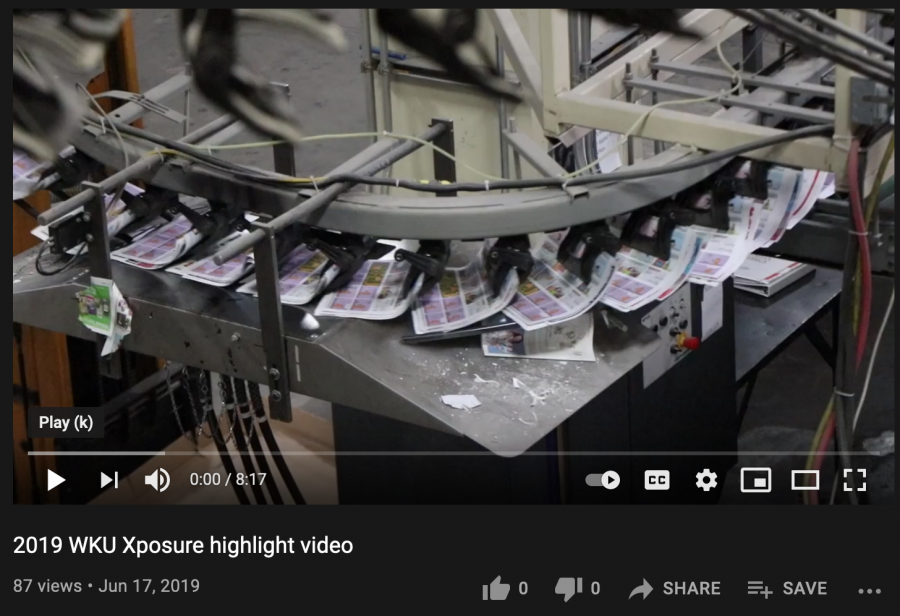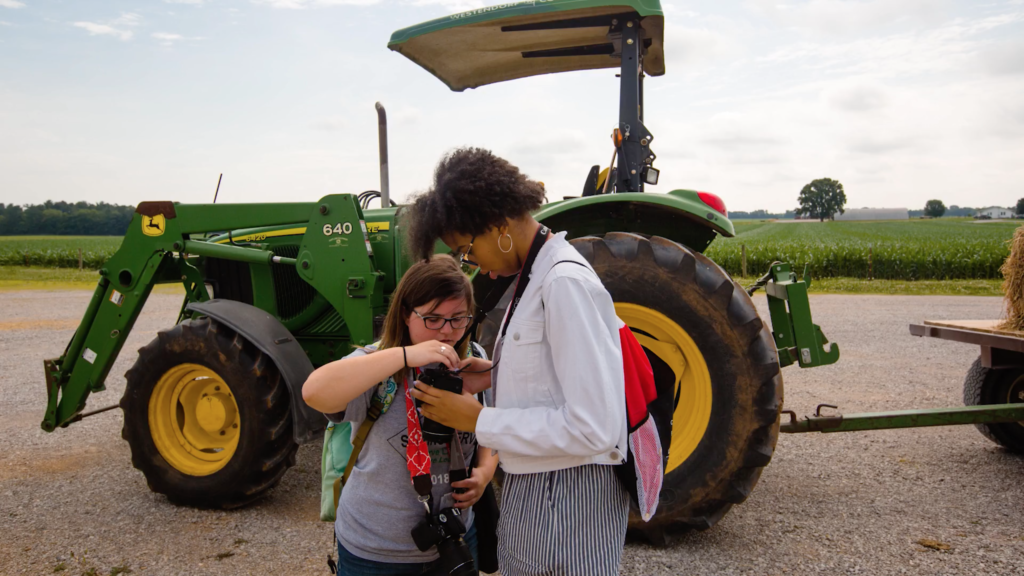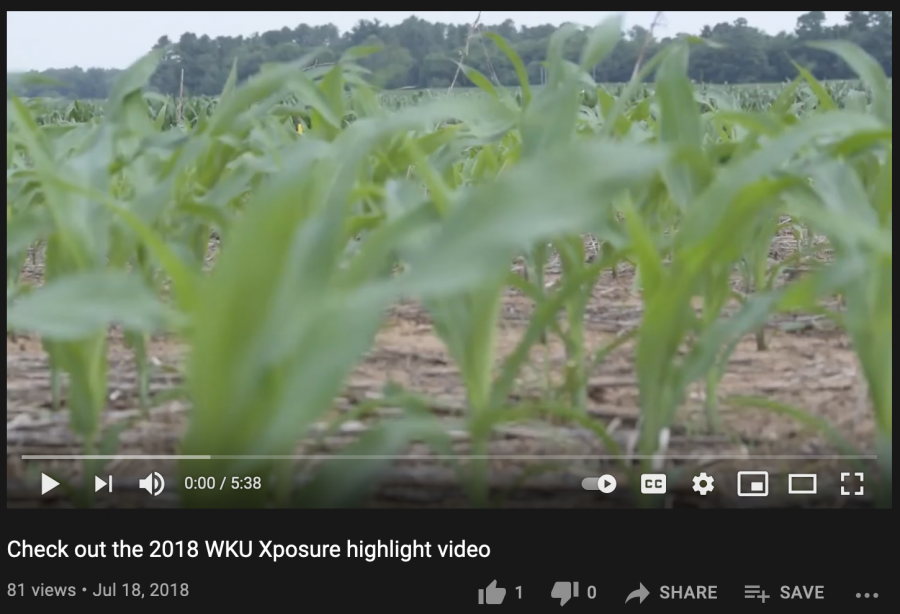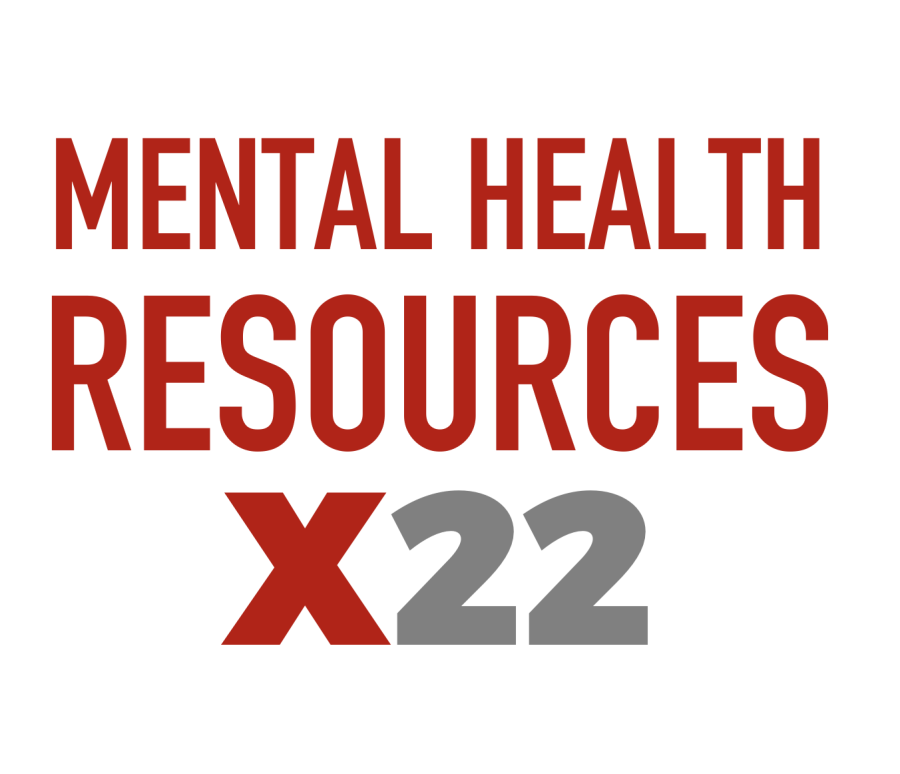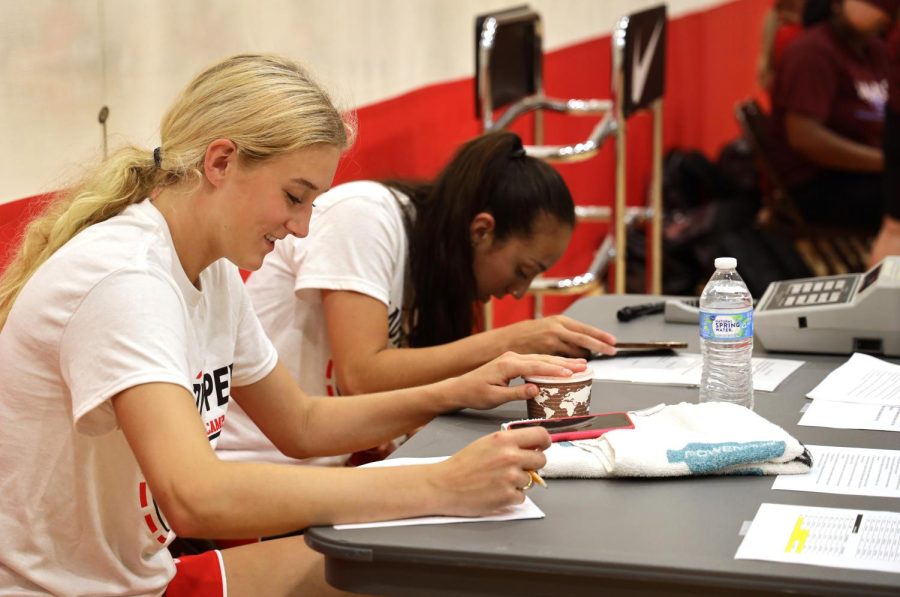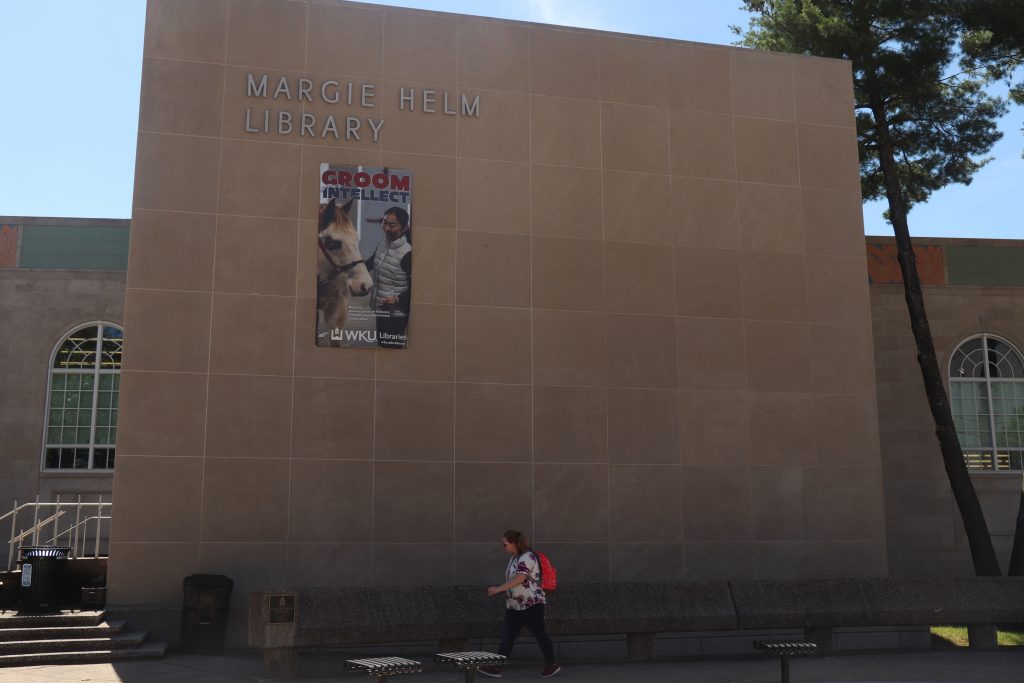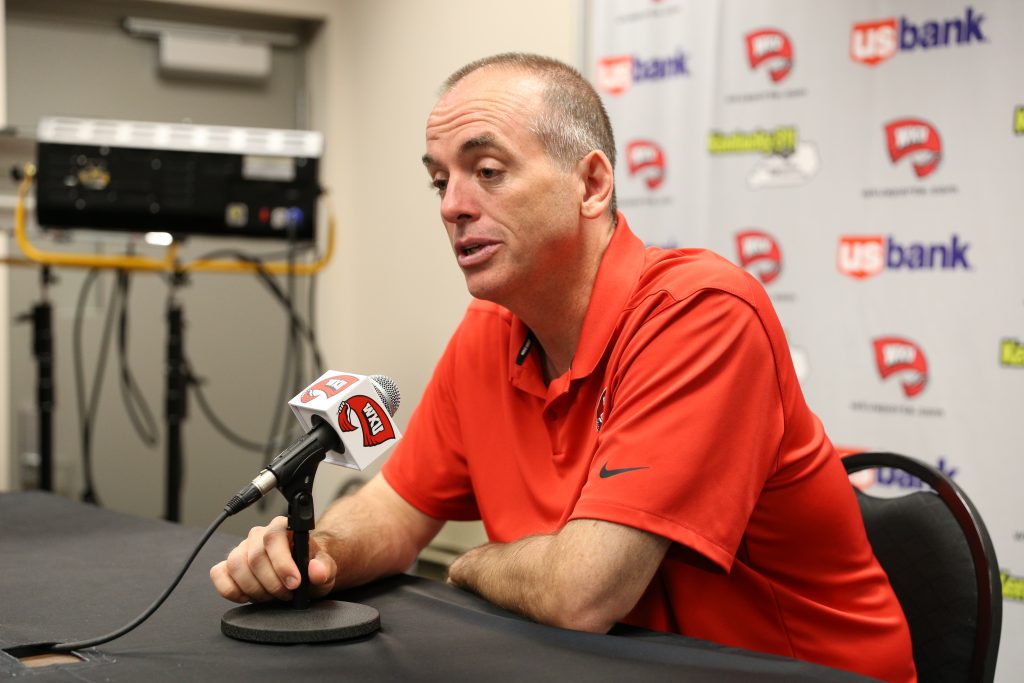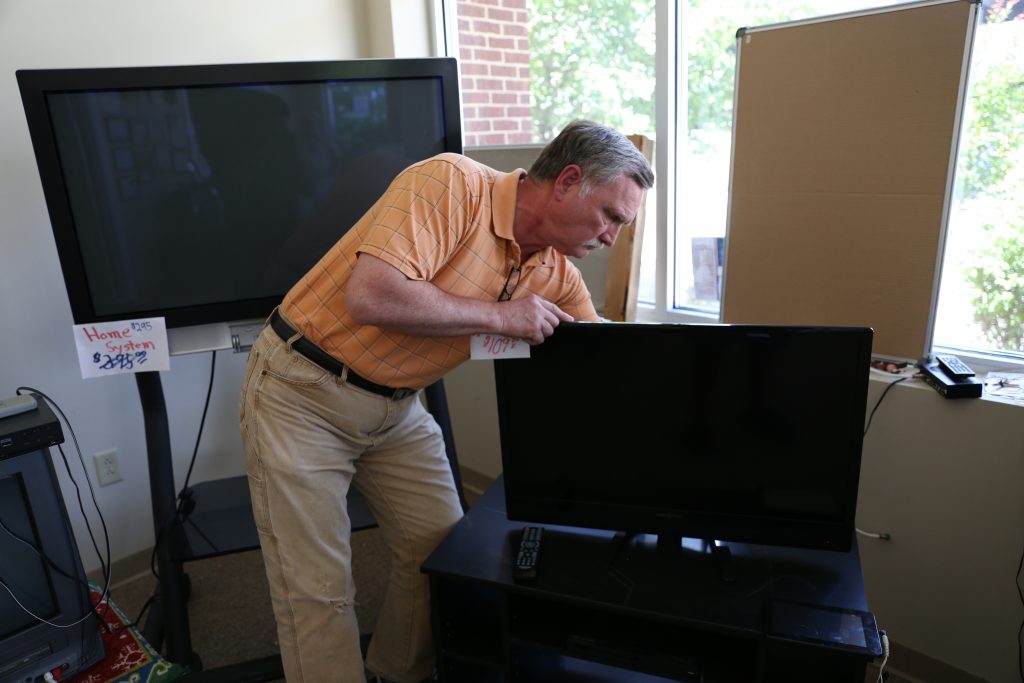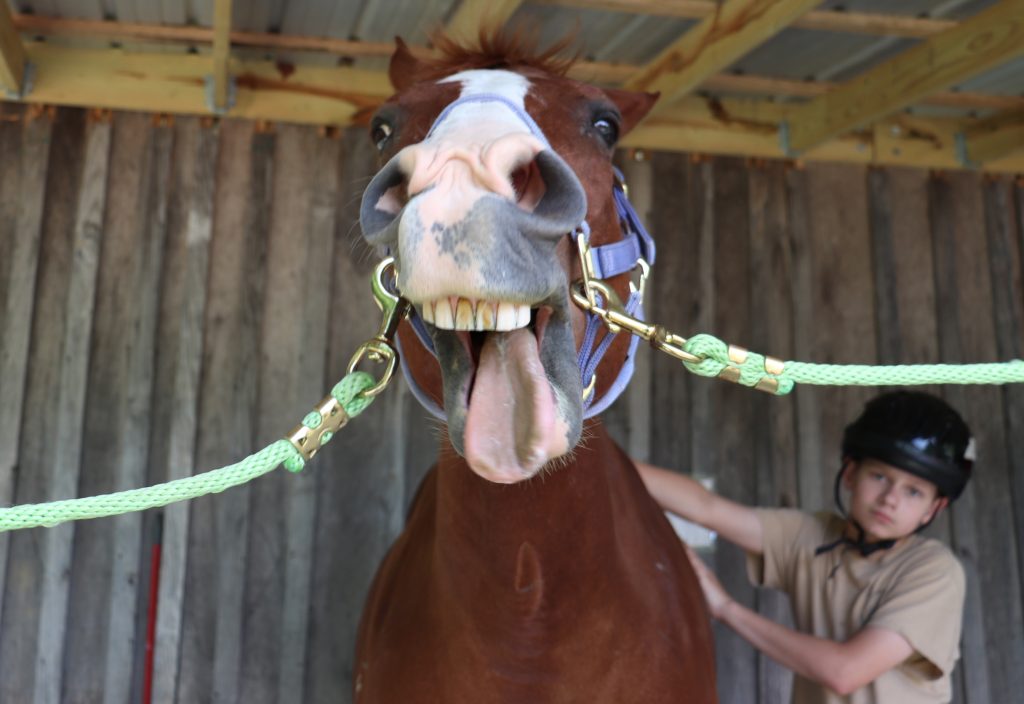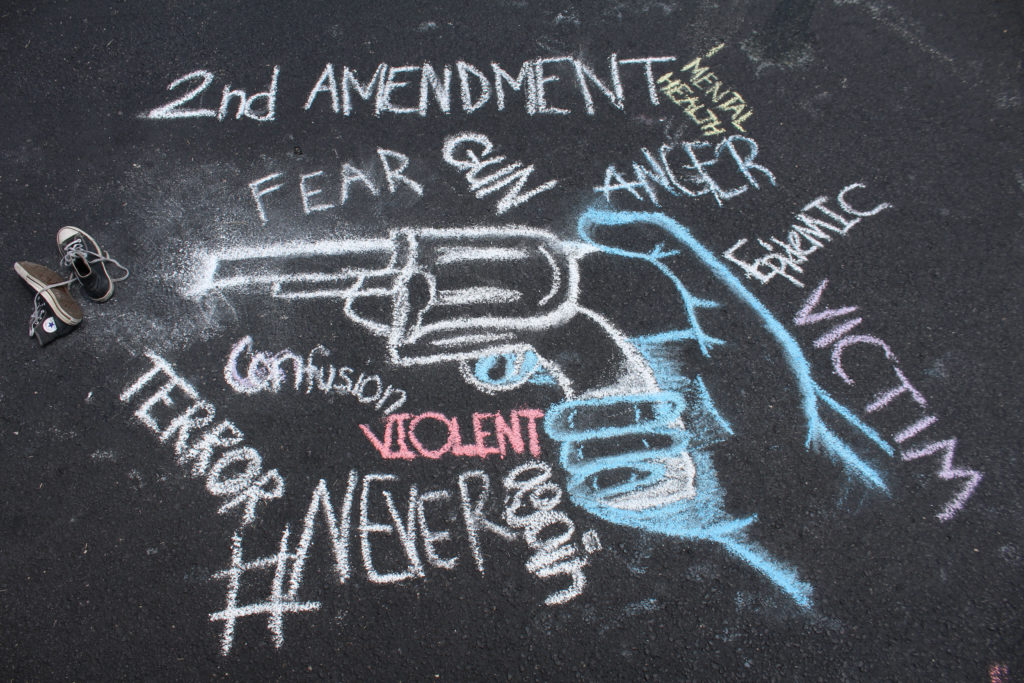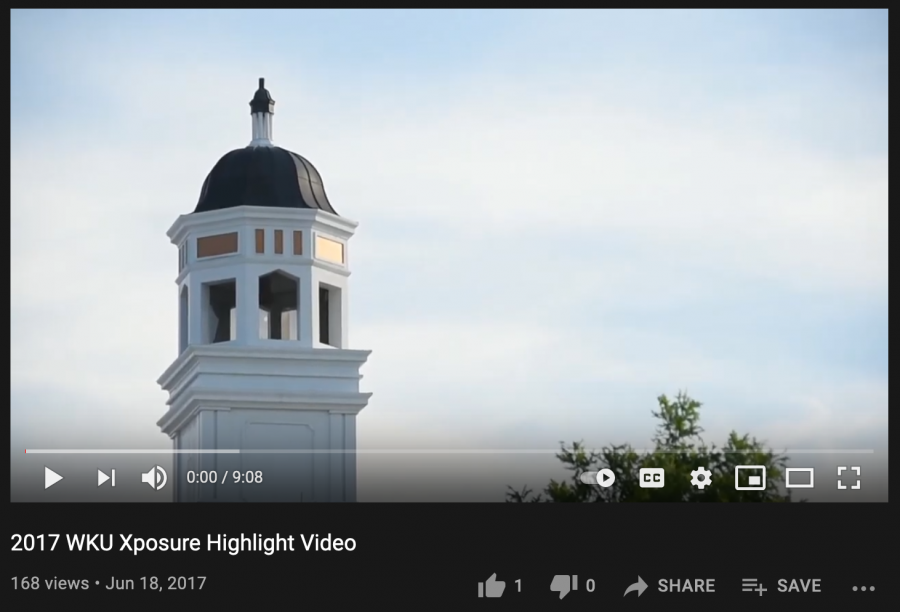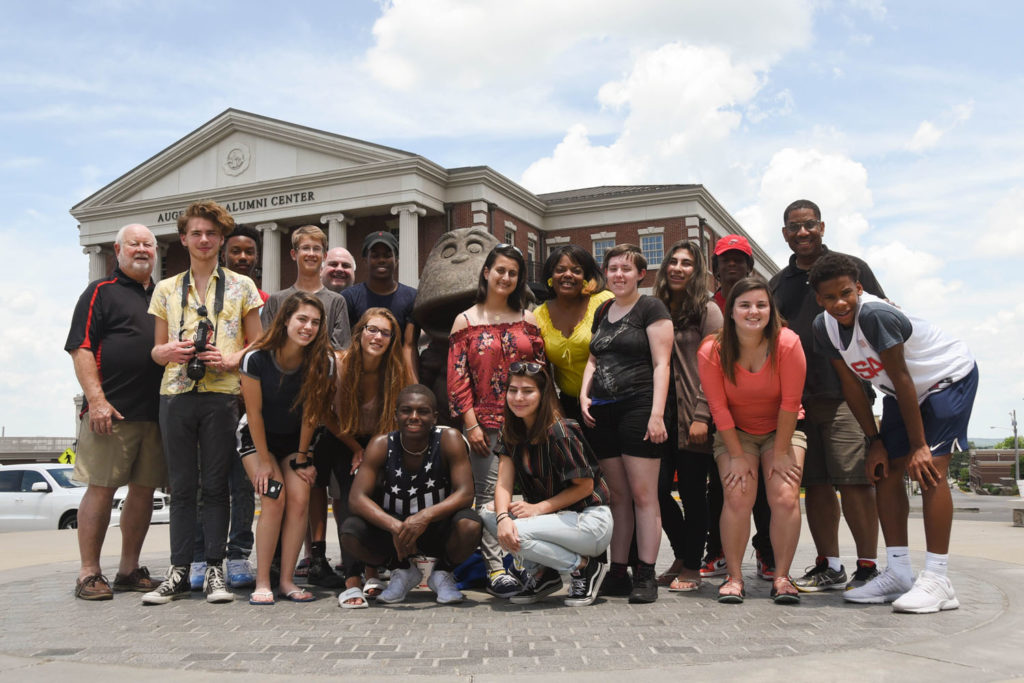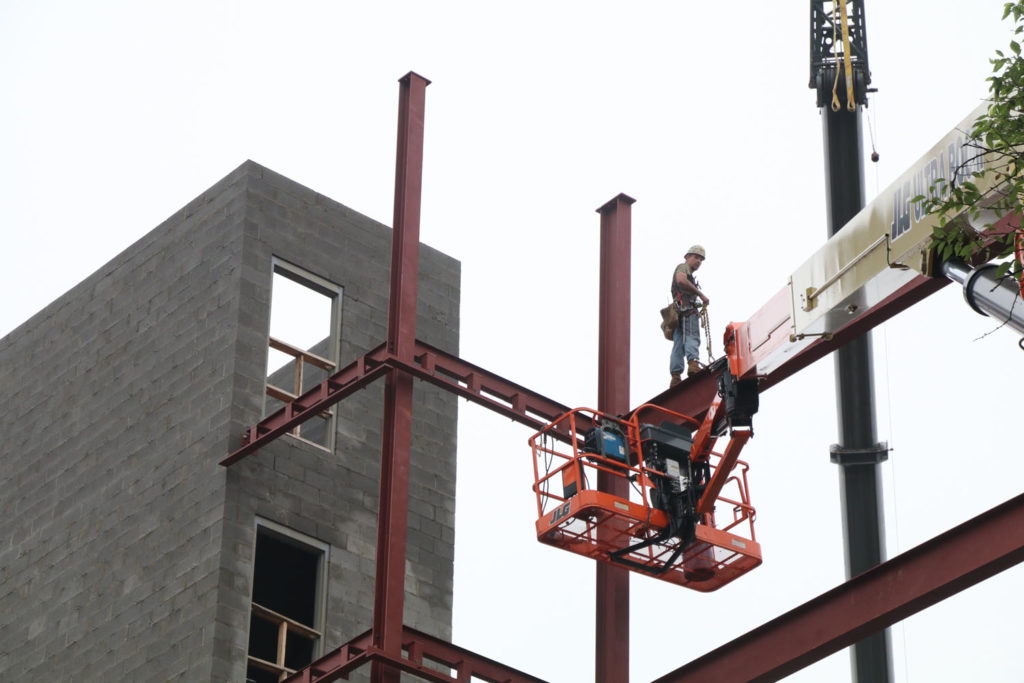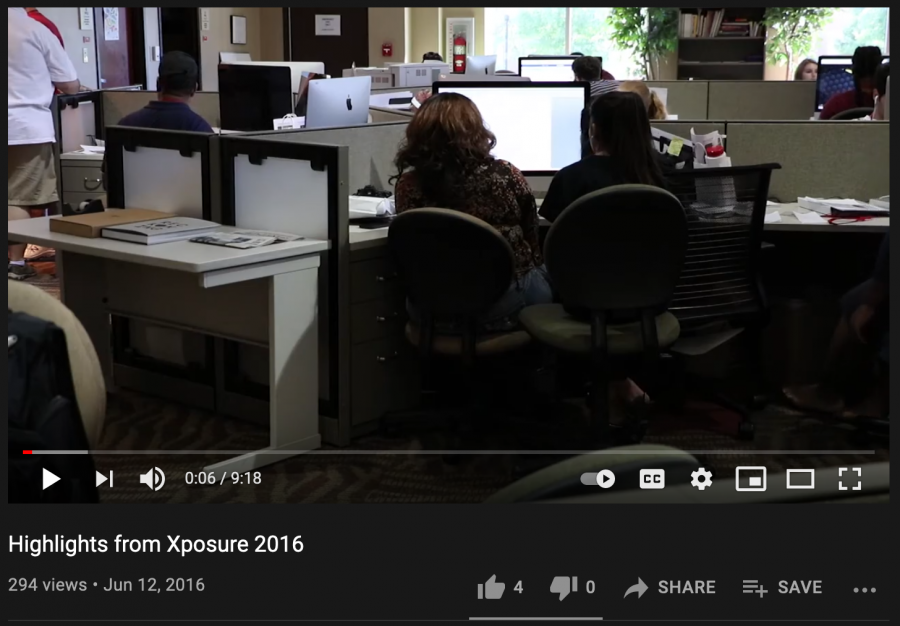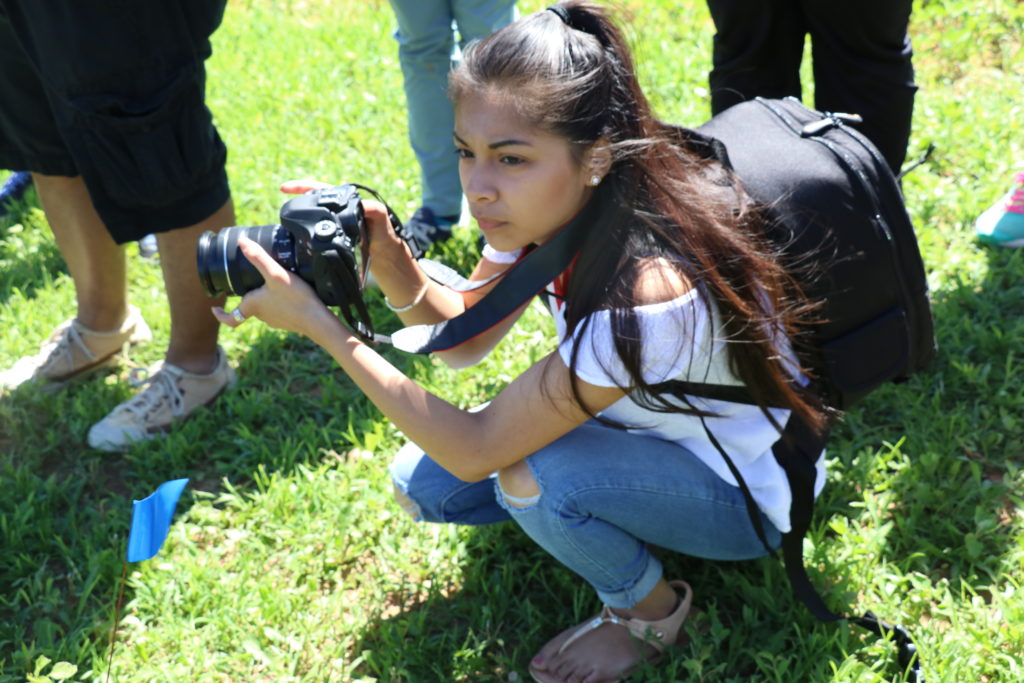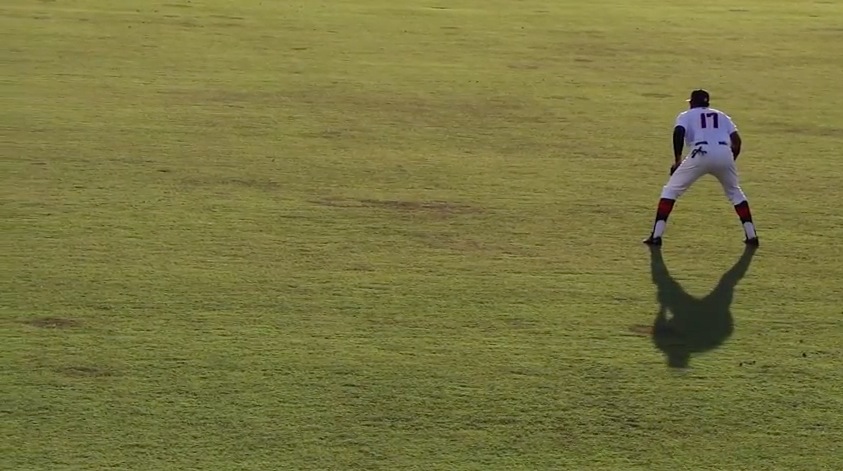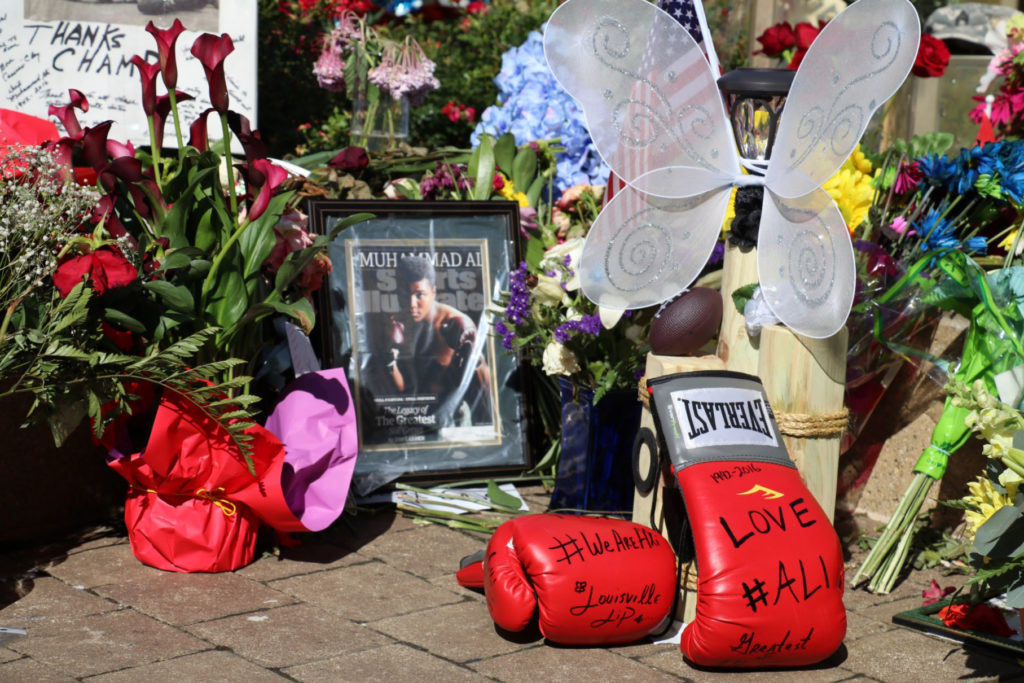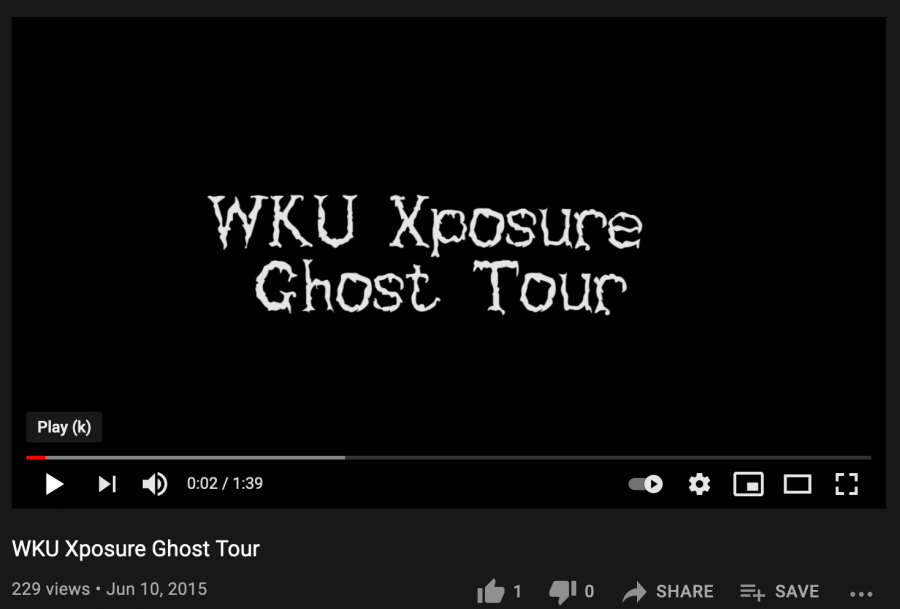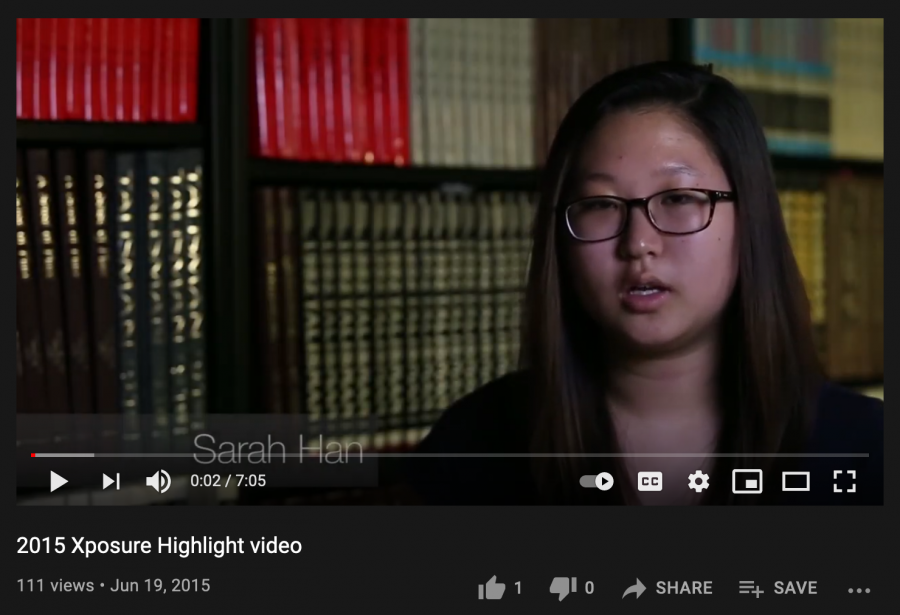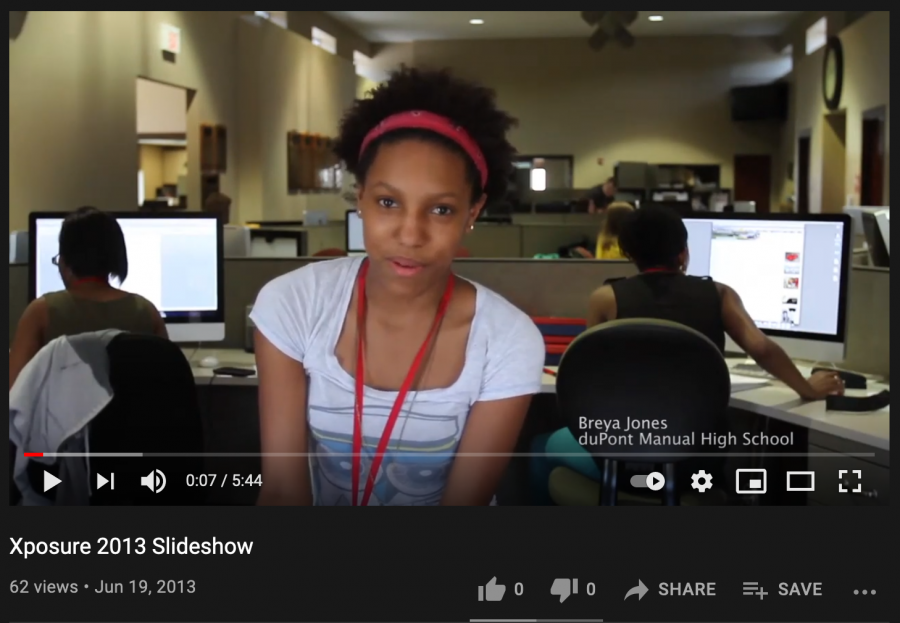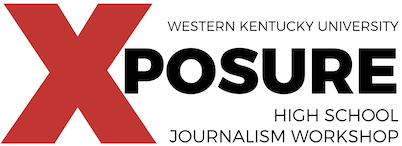A spate of high profile school shootings in 2018 stokes fear. The violence sparks youth marches and activism for gun control, provoking a backlash from gun-rights advocates. Where will the debate lead?
BY JALEY ADKINS
Belfry High School
Ryan Varney, Mason Varney, Ben McNamee and Haley Blackburn live in rural eastern Kentucky close to the West Virginia border where they attend Belfry High School in Pike County.
The area is predominantly white and conservative with 80 percent of voters supporting Donald Trump in the 2016 presidential election.
The youth of this area grow up being taught about guns and gun safety. For rural residents, they say the use of guns is part of their culture and has been taught for generations.
“Guns have been pretty prominent in my life and the lives of people in my area,” Ryan Varney said. “I have grown up being taught how to be responsible and safe around guns and I’m very thankful for that.”
This is something urban residents don’t always understand which some students admit can lead to negative opinions of rural people.
“In my area, we get called rednecks and hillbillies,” Mason Varney said. “We get looked at as people that carry around guns all the time. This makes me feel bad because people in my area aren’t like that.”
“The people that carry guns aren’t crazy like people outside of my area think. They’re smart and well-educated on how to use them safely.”
The students said growing up around guns makes rural teenagers appreciate them. It does not mean, however, they are short-sighted on the gun debate.
“Rural residents are often perceived as more closed-minded when it comes to the Second Amendment, not only by urban residents, but by the rest of the world,” Blackburn said. “For many of us, guns serve as a way to provide food and protection, but that doesn’t mean some of us aren’t open to discuss this issue of gun safety and regulation.”
Fifteen-year-old McNamee is one of those people. Though he says he sees the necessity of the Second Amendment, he also recognizes it can be improved.
“I believe that it is a vital amendment and that all people should have the right to bear arms,” McNamee said. “I don’t think it should be changed but I do believe there should be limits placed on some guns as they do military grade weapons.”
All the students say they have not been in a situation in their lives where they have personally been affected by gun violence.
“I am blessed enough to say that I have not directly experienced gun violence,” Blackburn said. “As the media shows: Gun violence is growing and we are all affected in some way. It may not be a direct effect, but we all find a new fear from even the simplest things like school or public outings due to violence.”
Ryan Varney and Mason Varney, who along with McNamee are best friends, said their experiences with guns have been hunting-related. They also said they are always accompanied by an older family member.
“We use them when we go turkey hunting and you have to have a shotgun for that,” Mason Varney said. “We pretty much use them to hunt and occasionally go to gun ranges, so we can practice and learn how to use them better, so we can be even more safe.”
Although Pike County has not experienced gun violence at school, it is taking precautionary measures to improve security.
The Pike County Board of Education voted unanimously on Feb. 27 to allow certain teachers to carry firearms.
The Lexington Herald-Leader reported that the teachers will volunteer to serve as conceal-carry guards for the school.
They must complete background checks, mental health evaluations, firearm training, a drug test, and a qualification course.
“It’s certainly not a simple solution – just arming teachers is a crazy thought,” said Nathan Coleman, a teacher at Belfry High School.
“Every teacher is not capable or willing to carry a firearm, and no amount of training can combat physical limitations or mental ones,” he said. “It’s not right for every school or staff, but for my county it’s a good decision.”
Coleman said with 19 schools in the Pike County district spread across 79,000 square miles, the state police’s ability to protect his county and three others, can be a challenge.
“Response time is certainly not ideal even in the best case scenario. Our staff also has 8-10 individuals who are already comfortable with firearms,” he said. “Again, every staff won’t have this and a gun in the wrong hand could be a nightmare.”
Coleman, however, is confident that a gun in the right hands will allow the teachers to be able to defend their students.
“It has been shown time and time again, mass murderers look for soft targets,” the teacher said. “It’s time for the first responders to already be on campus; instead of our current option which is shielding kids and praying.”
Meanwhile for students like McNamee, the gun debate rages on.
“I think urban people don’t understand that it goes back to our culture,” McNamee said. “Rural areas typically have a culture of guns that other areas don’t understand.”
As for the solution to guns in American society, the teen sees a middle ground as a plausible solution.
“It’s not going to be possible to get rid of all guns and it’s not going to be possible to keep all guns,” he said. “I think we can meet in the middle on limiting some.”

